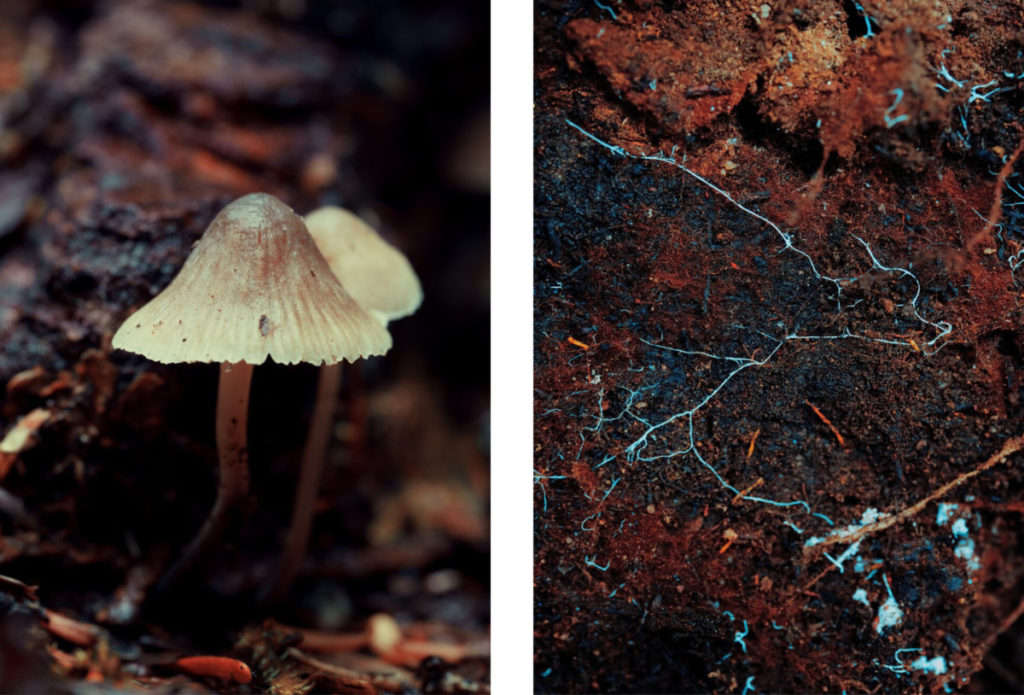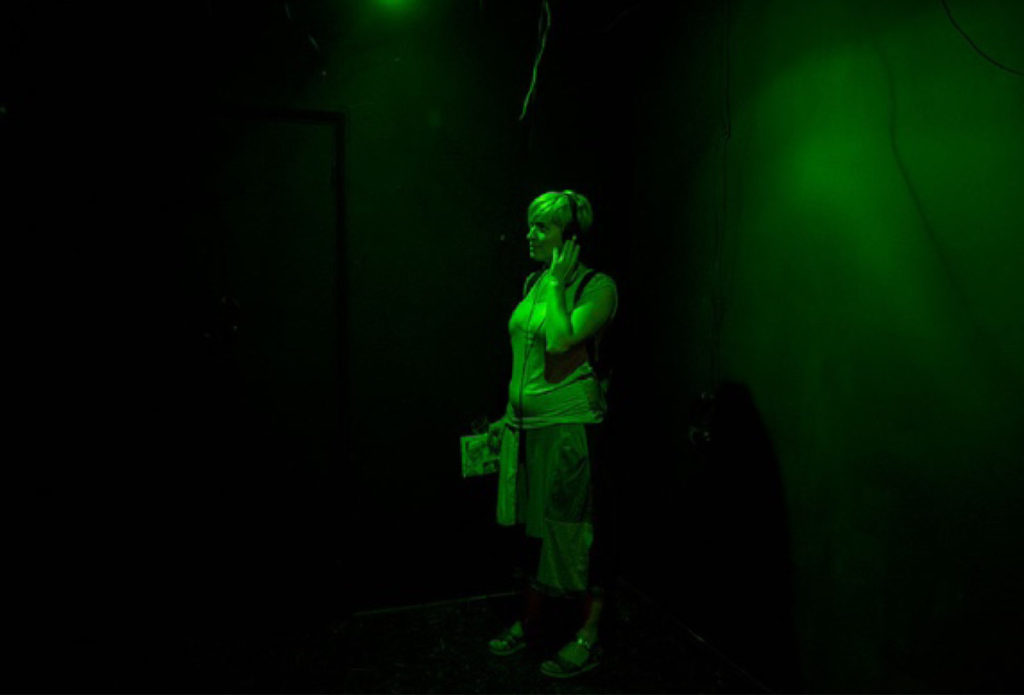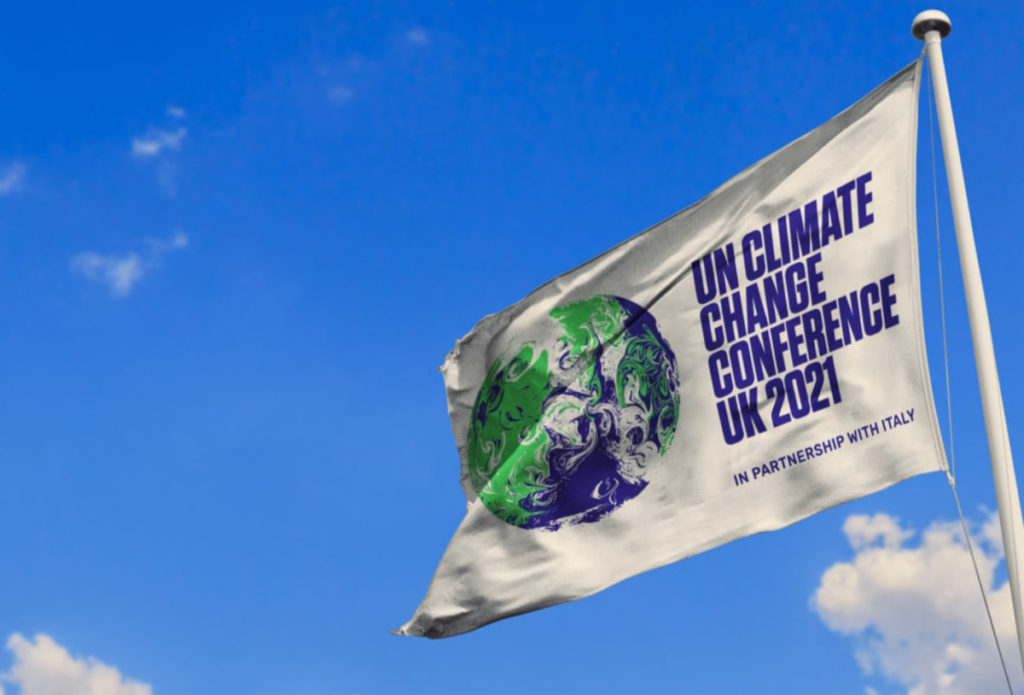Written by:
What is Co-design?
From my experience working at The Glass-House, I understand co-design as a method and tool whereby groups or individuals come together to develop a (design) process that responds to both individual and collective needs. This process recognises the value and richness in an outcome which has been co-designed with many hands for the betterment of all, as opposed to the one. Within The Glass-House, co-design forms a strong facet of our methodology and approach to working within the many intersectional spaces we occupy.
Nature is a Co-design Champion
Co-design appears in the natural world too. Where many hands, fauna, flora and critters ebb and flow between the cyclical cadence of nature, each contributing a puzzle piece to an ecological system which allows one another to thrive. Take, for example, the wood-wide web, whereby a mycelium (mushroom) network connects trees and distributes nutrients and water to those that need it most. A reciprocal relationship which allows the mycelium to flourish sequestering a portion of the nutrients for themselves as they distribute the rest to other trees. It is nature’s collaboration which allows multiple overlapping species to flourish more successfully.

I am sure I am not the only one that has recognised sites of abandonment during long walks in and around the city, sites that had once been managed by a human hand but now forgotten. While the human might not find the time or resources to care for this land, nature will always take this opportunity to move in. There are countless examples of the natural world reclaiming the city, co-designing and collaborating with the built environment. There is a willingness and want for nature to work with us, with their many voices but it is only when we have left that nature appears to thrive.

Co-design Means Many Voices
Human actors have predominantly shaped the world we live in today (often those in power) but there are many more participating stakeholders that shape the places we live, or want to, that are often overlooked, misheard or erased.
Co-design offers an opportunity to shape just visions for our future places, with others. To imagine a future that is able to cultivate multiple and numerous conversations and actions, between humans, flora, fauna, and critters. While humans have been the prominent ‘shaper’ in this epoch, we exist with multiple other and overlapping ecologies. Why is it that today thriving ‘successfully’ is only reserved for the few and not the many?
How can we create and invent new ways of living with and for a damaged planet (and place) that recognises the value in our collective and more than human voice?
‘Co’ stands for Collaborative
‘Co’ as an abbreviation for collective and collaborative.
What can we learn from nature that boasts a more socially and environmentally equitable place to live? For starters, we need to move away from more human centred models of place, which would mean including a non-human centric point of view into our collective discussion as we transition to new sustainable models of production and consumption.
On a small scale, that might include practising speculative fiction or design which augments nature as an active participant. Putting yourself in their shoes through performative storytelling, walking, listening and looking closely, slowly, softly at the nature on our doorstep. If you were a tree, what’s important to thee? This is a way to increase our awareness of human (ourselves) and non-human entanglements, a way to include nature’s voice as part of a collective, able to make decisions with agency about place.

On a slightly larger scale design professionals and activists, and in some cases local governments have been contemplating alternative ways to increase our awareness of human and non-human entanglement. One example is the Magpie River in Quebec where the local authorities in Canada granted the river legal personhood, given nine rights, including the right to flow, the right to be safe from pollution – and the right to sue. While it might be hard to grasp how these ‘laws’ might be implemented, it is my belief that through giving the river legal personhood you change the perceived relationship with that river and as such the river becomes an active contributor to the place.

How else might you include nature’s voice in co-designing places?
‘Design’ stands for Design
We have designed the Anthropocene*.
We are becoming increasingly aware of the role of nature and the climate in placemaking, however that has not always been the case. Our current societal model has been designed in such a way that has advanced human-centred perspectives and models of production and consumption which has led to the current Climate Emergency.
Within the context of political austerity or the Climate Emergency it is hard to imagine a meaningful scale for individuals or communities to collaboratively work together to design solutions to such challenges. While we can do our best and organise or collaborate locally, it is for those with political power to catalyse, collaborate and take collective action through policy and international law.
COP (Conference of Parties) comes to mind when thinking about those more able to take the large scale design decisions needed to catalyse global change. COP is a space that brings world leaders together to take meaningful action to reduce global emissions and support countries that are already experiencing the worst impacts of the climate crisis.
However it is hard to see any tangible benefits or outcomes of these events beyond a list of agreeable goals which world leaders will either uphold or ignore. While COP is imagined as a step towards a just future it is a pointless step if actions are not taken seriously. What did COP 26 achieve?

Co-design is not only about making space for conversation to develop processes, but it is also a tool to support taking action. While it can be used to facilitate multiple and overlapping conversations, it is also important to test prototypes, partnerships, and new models to contemplate a future beyond our ecological crisis.
Wrapping up.
For myself, it is important to imagine hopeful visions for our future and I think it is the best way to begin that journey of catalysing change. Especially amidst an ongoing climate crisis, and current socio-economic and political austerity, if we hope to carve a path forward. While it could be considered naive to think of a future that is vastly different from the present (or our current direction), it is that leap and need to make a drastic change that will drive us towards a hopeful future. It is the task of many to cultivate, collaborate and co-create a way to address the many crises the world is grappling with. It is the job of world leaders and policy makers to take drastic action to invent new ways of living with and/for a fragile planet.
*a term used to describe this planets current epoch, the earth has been permanently transformed by the impact of humans


